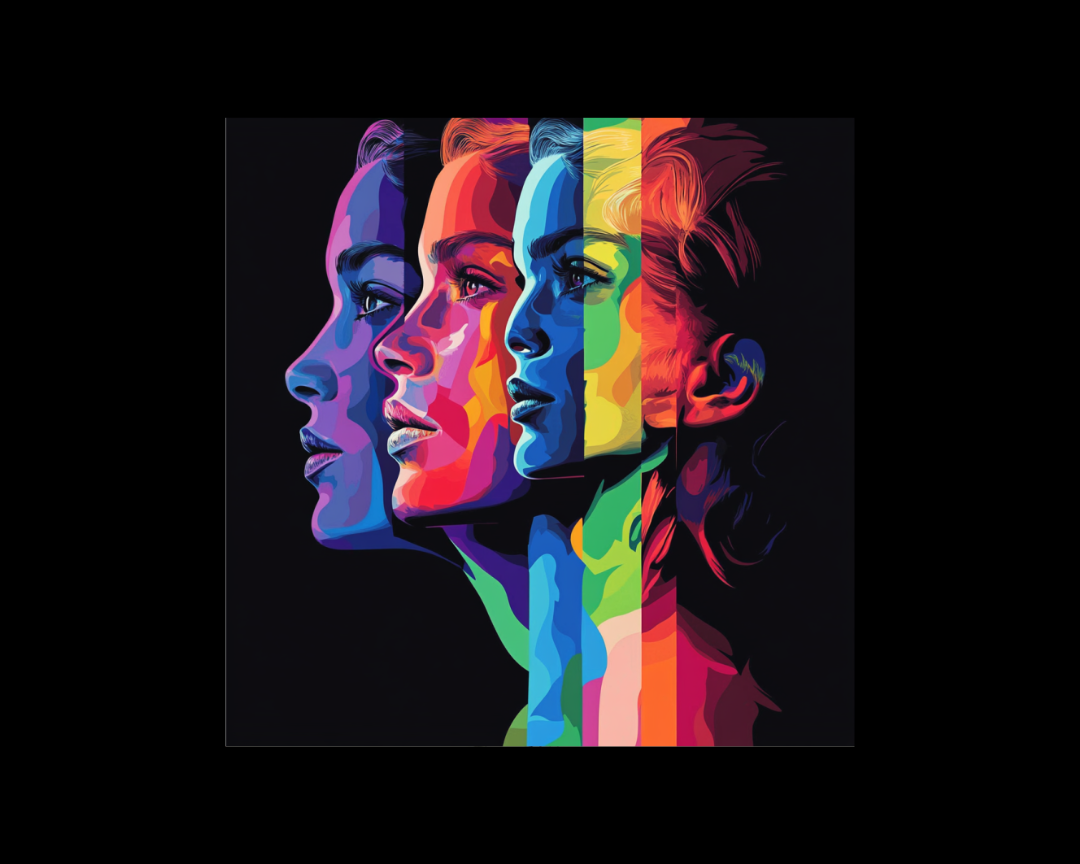Improving Model Safety Behavior with Rule-Based Rewards
We've developed and applied a new method leveraging Rule-Based Rewards (RBRs) that aligns models to behave safely without extensive human data...
-2.png)
With the release of easily usable and generally applicable AI (e.g., ChatGPT, Google Bard, Anthropic Claude), more and more companies have built applications that are entirely dependent upon these tools. Since these applications generally provide a simple layer of added code/functionality (abstraction) on top of a GenAI, they "wrap" the GenAI (which is usually a GPT-based LLM) and are thus considered GPT Wrappers. ChatGPT Wrappers are some of the most popular GPT wrappers due to the prevalence of OpenAI's ChatGPT.
Formally, a GPT Wrapper is an application that provides a thin layer of UI/UX functionality on top of API calls to a GenAI. They are often used as standalone business products.
Consider a website that allows you to input a description of yourself and then creates a story about you going on an adventure. Behind the scenes, this application uses a prompt template combined with your user input to produce a prompt. This prompt is then sent to a GenAI to create the story.
From a business standpoint, there are several factors to consider when creating a GPT Wrapper:
Some complex products, such as Cognition Labs' Devin, a semi-autonomous coding tool, have been accused of being GPT Wrappers. Devin uses internet search and various complicated tools, making it reasonable to conclude that it is not a wrapper. "GPT Wrapper"ness exists on a scale. The more an app relies solely on a GenAI, the more it is a GPT wrapper. However, the more it introduces other tools and complexities, it becomes less of a GPT wrapper. We generally judge apps to be a GPT wrapper if their entire functionality can be abstracted to a few GPT API calls.
We estimate that tens of thousands of GPT Wrappers exist, with only a small fraction being monetized. As OpenAI and other providers improve the tooling around their GenAIs, adding in function calling and internet searches, the need for these wrappers will decrease. However, there is still significant functionality that GPT Wrappers can provide, so we believe people will continue to build them for the next few years.
GPT Wrappers can be useful when combining GenAIs with certain tools or highlighting specific functionality of the GenAI (e.g., storytelling). However, due to their shallow moat and the ever-accelerating pace of GenAI companies, they may not last long. When considering whether to build a GPT Wrapper, make sure to keep in mind our pros and cons list above. Happy building!
-1.png)
We've developed and applied a new method leveraging Rule-Based Rewards (RBRs) that aligns models to behave safely without extensive human data...
.png)
2 min read
OpenAI is enhancing ChatGPT with brand-new capabilities, namely voice and image support. These additions will provide users with more dynamic...

5 min read
Imagine having a conversation with someone who agrees with literally everything you say. Every idea, no matter how half-baked. Every opinion, no...